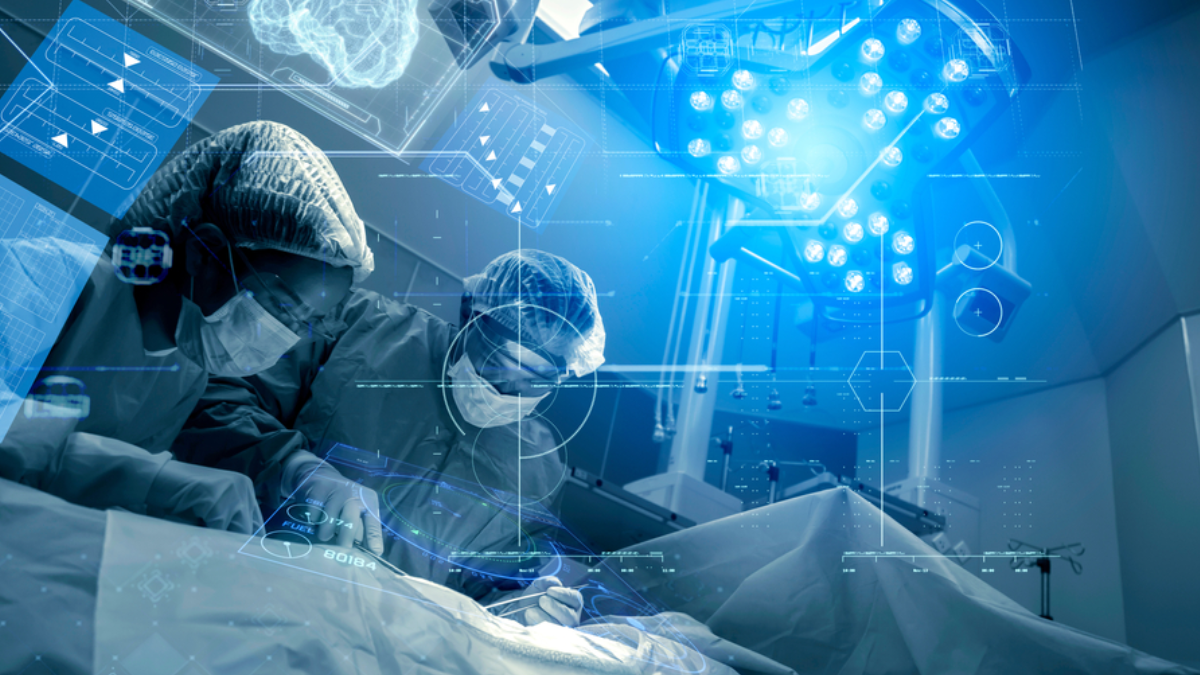
A New Era in Medicine: Advancements in Robotic Gastro Surgery
The field of gastroenterology has seen significant advancements in recent years, with robotic surgery emerging as a game-changing technique. This new era in medicine promises enhanced precision, reduced recovery times, and improved patient outcomes. Robotic gastro surgery represents a leap forward from traditional methods, offering numerous benefits for both surgeons and patients.
The Evolution of Robotic Surgery
Robotic surgery has rapidly evolved since its inception. Initially used for simple procedures, it has now expanded to complex surgeries, including those in gastroenterology. The introduction of robotic systems, such as the da Vinci Surgical System, has been a game-changer. These systems provide surgeons with enhanced dexterity and precision, allowing for minimally invasive procedures that were previously unimaginable.
Precision and Control
One of the most significant advantages of robotic surgery is the precision it offers. Surgeons control robotic arms equipped with miniature instruments, which can make intricate movements with greater accuracy than the human hand. This accuracy is particularly beneficial in gastro surgeries, where delicate structures and tissues are involved.
Enhanced Visualisation
Robotic systems are equipped with high-definition 3D cameras that provide a magnified view of the surgical area. This enhanced visualisation allows surgeons to see the operative field in greater detail, improving their ability to perform complex procedures safely and effectively.
Applications in Gastroenterology
Robotic surgery has been successfully applied to various gastroenterological procedures, transforming the way these surgeries are performed. These include:
- Colorectal Surgery
Robotic-assisted colorectal surgery offers numerous benefits over traditional open or laparoscopic methods. The enhanced accuracy and control help in performing delicate procedures such as rectal cancer resections, where preserving the nerves and sphincter muscles is crucial. Patients benefit from smaller incisions, reduced pain, and faster recovery times.
Bariatric Surgery
In bariatric surgery, robotic systems provide better outcomes by allowing more precise suturing and dissection. The clarity offered is essential in procedures like gastric bypass and sleeve gastrectomy, which require careful handling of the stomach and intestines. Patients undergoing robotic bariatric surgery experience fewer complications and quicker returns to normal activities.
Hepatobiliary Surgery
Robotic surgery is also making strides in hepatobiliary procedures, including liver resections and gallbladder removals. It allows surgeons to navigate complex anatomical structures, resulting in more precise and effective surgeries.
Benefits for Patients
The advancements in robotic gastro surgery offer several benefits for patients, such as:
Minimally Invasive
Robotic surgery is minimally invasive, meaning it requires smaller incisions compared to traditional open surgery. This results in less postoperative pain, reduced scarring, and a lower risk of infections. Patients can expect shorter hospital stays and faster recovery times, allowing them to return to their normal lives more quickly.
Reduced Complications
The accuracy and control provided by robotic systems help reduce the risk of complications during surgery. The enhanced visualisation and capabilities allow for more accurate tissue dissection and suturing, minimising damage to surrounding tissues and organs.
- Improved Outcomes
- Overall, robotic gastro surgery leads to improved patient outcomes. The combination of minimally invasive techniques, reduced complications, and faster recovery times contribute to better overall health and well-being for patients.
Challenges and Future Directions
Robotic surgery has brought numerous benefits, but there are certain challenges associated with it, which can be managed with time. These challenges can be:
Cost of Treatment
One of the primary challenges of robotic surgery is the cost of treatment. The advanced technology and equipment required for these procedures are expensive, making them less accessible for some patients and hospitals. Efforts are being made to reduce costs and make robotic surgery more widely available.
Learning Curve
Robotic surgery requires specialised training and expertise. Surgeons must undergo extensive training to master the use of robotic systems, which can be a barrier to widespread adoption. Continued education and training programs are essential to ensure that more surgeons can effectively utilise this technology.
Ongoing Research
Research and development in robotic surgery are ongoing, with the aim of further improving the technology and expanding its applications. Innovations such as enhanced haptic feedback, improved robotic instruments, and integration with artificial intelligence are on the horizon, promising even greater advancements in the field.
Stepping Into a New Era of Gastro Surgery
The advancements in robotic gastro surgery mark a new era in medicine, offering numerous benefits for both patients and surgeons. A well-known surgical gastroenterologist and an advocate of robotics in the field of gastro surgery, Dr Santosh Anand provides expert care and utilises state-of-the-art robotic systems to improve patient outcomes. By taking advantage of these advancements, Dr Anand ensures that his patients receive the better care post their surgery.

